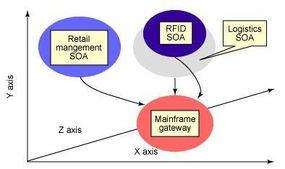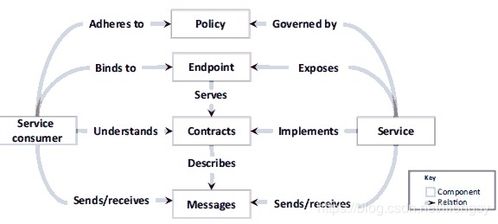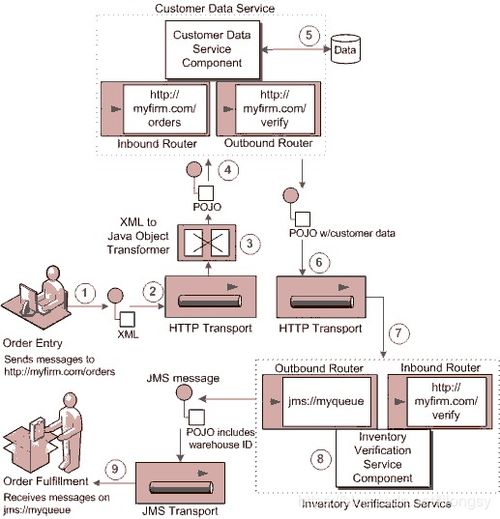Understanding SOA: A Comprehensive Guide

Service-Oriented Architecture (SOA) has become a cornerstone in the world of software development and enterprise integration. In this detailed guide, we will delve into what SOA is, its core principles, benefits, challenges, and real-world applications. By the end, you’ll have a comprehensive understanding of this influential architectural style.
What is SOA?

SOA is an architectural style that promotes the use of services as the fundamental building blocks for designing and implementing applications. These services are self-contained, modular, and can be accessed over a network. They are designed to be reusable and interoperable, allowing different applications to communicate and collaborate seamlessly.
Core Principles of SOA

SOA is based on several core principles that guide its design and implementation:
| Principle | Description |
|---|---|
| Service Orientation | Focuses on designing applications as a collection of services, each with a specific business function. |
| Service Loose Coupling | Services are independent and communicate through well-defined interfaces, reducing dependencies between them. |
| Service Reusability | Services are designed to be reusable across different applications, reducing development time and cost. |
| Service Autonomy | Services operate independently, allowing for easy updates and modifications without affecting other services. |
| Service Composability | Services can be combined to create new services or business processes, enabling the creation of complex applications. |
| Service Discovery and Management | Services are registered in a service registry, making them discoverable and manageable. |
Benefits of SOA
SOA offers several benefits that make it an attractive architectural style for modern applications:
-
Increased Flexibility: Services can be easily updated or modified without affecting other parts of the application.
-
Improved Reusability: Services can be reused across different applications, reducing development time and cost.
-
Enhanced Scalability: New services can be added to the architecture to handle increased demand.
-
Improved Maintainability: Services are modular, making it easier to maintain and update the application.
-
Enhanced Interoperability: Services can communicate with each other regardless of the underlying technology or platform.
Challenges of SOA
While SOA offers many benefits, it also comes with its own set of challenges:
-
Complexity: Managing and coordinating multiple services can be complex and time-consuming.
-
Performance Issues: Communication between services can introduce latency, impacting system performance.
-
Security Concerns: Ensuring the security of services and their interactions is crucial.
Real-World Applications of SOA
SOA has been successfully implemented in various industries and domains:
-
Enterprise Applications: SOA is widely used in building large-scale enterprise applications, such as ERP and CRM systems.
-
Cloud Computing: SOA is well-suited for cloud environments, where services can be easily deployed and scaled.
-
Mobile Applications: SOA allows for the development of mobile applications that can leverage existing services.
-
Internet of Things (IoT): SOA enables the integration of IoT devices and services, facilitating seamless communication and collaboration.
Conclusion
SOA is a powerful architectural style that has revolutionized the way applications are designed and developed. By focusing on services as the building blocks of applications, SOA offers numerous benefits, including increased flexibility, reusability, and interoperability. While challenges exist, the advantages of SOA make it a compelling choice for modern application development.



